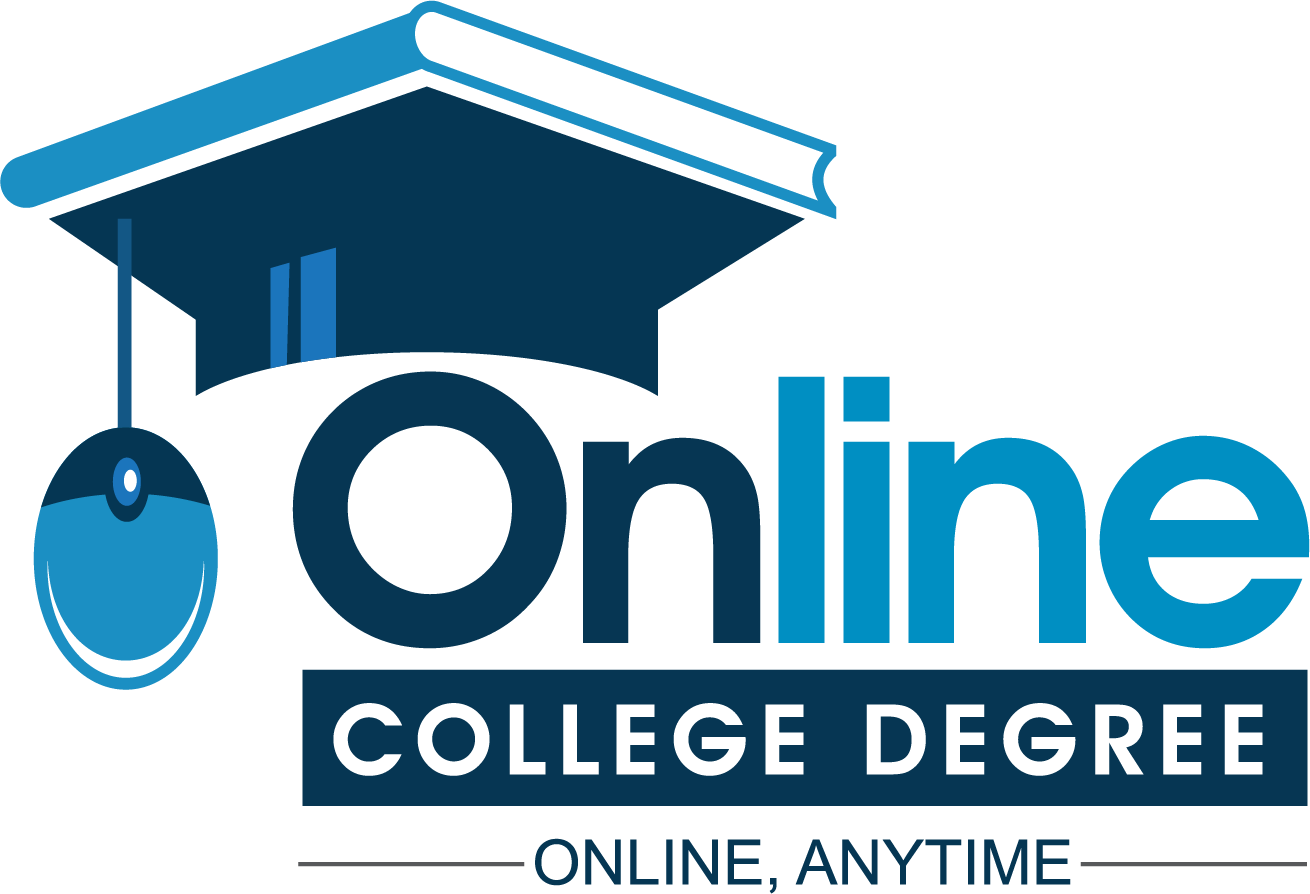In today’s modern technology age, much of the education is done online. But are online courses better than classroom courses? What are the differences? Community colleges offer a wide range of advantages over traditional colleges and universities. Community colleges not only attract large numbers of students but also offer different learning styles as well as the availability of online and traditional classroom courses. But how do online courses really compare?
How often do you learn online?
According to a 2015 survey, about 46% of university students take at least one online course and it is estimated that at least half of all university classes will be offered online by 2019. Not only is online learning a benefit of community college students, but also large companies are starting to use e-learning as a training method. Even doctoral students use online options to graduate. According to an article published in American news by approximately 2.9 million graduate students in the United States, more than 20% of whom study exclusively online, this figure is close to 11% for students. Online learning is becoming more and more popular from year to year and the quality differences between the two options are narrowing. In fact, many students have admitted that they see no significant difference in the quality or depth of the education they have received through online courses and that they have received traditional classroom courses.
What are the benefits of online courses for students?
Some students simply learn better when they have time to review the material outside the classroom. This is just one of the many benefits of online courses. The additional benefits of online courses are listed below:
More variety and choice: one of the biggest advantages of online courses is the potential for more variety for students. Traditional universities are limited by the availability of their faculty to offer certain classes at certain periods. With online courses, teachers can teach anytime, anywhere. You can even design the entire course in advance and easily publish it online so students can easily access it. Many community colleges hire associate professors to teach online, so university staff does not limit the availability of options. Students wishing to take online courses have an almost unlimited choice.
More flexibility: online courses are presented very differently from conventional classroom courses. In many cases, online course teachers prepare their weekly teaching materials and then make them available to students online. Students then have the opportunity to access and modify documents at their own pace and according to their own schedule. This allows students to graduate and fulfill their family and professional obligations.
Multimedia options: One of the biggest advantages of online courses is that course materials can be presented in different ways. Although the course may not take place in a traditional course setting, the teacher can still record a video of a real course and make it available to students. The teacher can also give students access to additional resources such as online videos, PowerPoint presentations, websites, e-books, and more. These resources can be used or referenced in a physical classroom. With an online course, however, all of these resources can be provided in one place for easy access.
Learn at your own pace: students learn not only in different ways but also at different speeds. Taking a course in a traditional classroom requires the student to follow a defined learning path: tasks are due on a specific day, tests are scheduled in advance and the course has a defined completion date. For students who learn more slowly, the traditional classroom environment may not provide enough time to fully understand the course material. With an online course, you can not only learn at your own pace but also access and incorporate other reference materials to supplement them.
